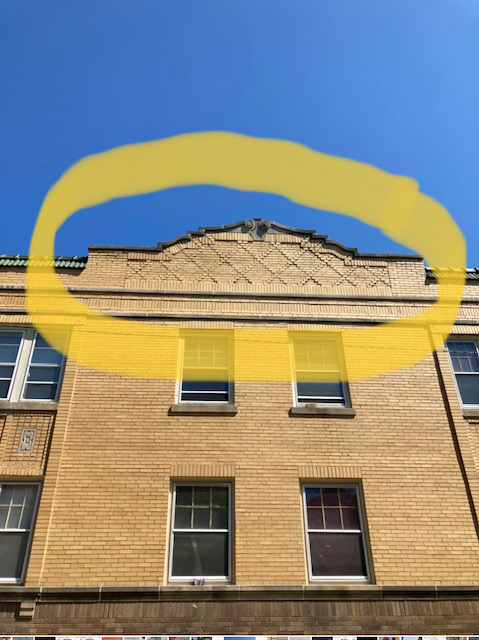Parapet Walls 10 Quick Facts
Parapet Walls
Parapet walls have a long and fascinating history, spanning thousands of years and encompassing various civilizations and architectural styles. Here are ten quick facts about the history of parapet walls:
- Ancient Origins: Parapet walls can trace their origins back to ancient civilizations such as Mesopotamia, Egypt, and Greece. In these early societies, parapets were often constructed atop defensive walls or fortifications to provide protection for soldiers and archers during battles.
- Medieval Fortifications: Parapet walls became ubiquitous features of medieval castles and fortresses throughout Europe. These walls were typically crenellated, featuring alternating solid sections (merlons) and gaps (crenels) to allow defenders to shoot arrows or drop objects on attackers.
- Renaissance Palaces: During the Renaissance period, parapet walls evolved from purely defensive structures to elements of architectural beauty and sophistication. Renaissance palaces in Italy and other parts of Europe often featured ornate parapets adorned with sculptures, decorative motifs, and intricate designs.
- Colonial America: Parapet walls were also present in colonial American architecture, particularly in fortified settlements and military outposts. These walls served both defensive and aesthetic purposes, contributing to the distinctive character of early American buildings.
- 19th Century Urbanization: With the rise of industrialization and urbanization in the 19th century, parapet walls became common features of urban buildings, especially in densely populated cities like London, New York, and Chicago. In addition to their defensive function, parapets helped conceal unsightly rooftop structures and provided a unified architectural appearance to city skylines.
- Fire Safety Regulations: The Great Chicago Fire of 1871, along with other devastating urban fires of the 19th century, led to the implementation of strict fire safety regulations in many cities. Parapet walls played a crucial role in these regulations, helping to prevent the spread of fires between buildings by acting as barriers on rooftops.
- Skyscraper Construction: As skyscrapers began to rise in cities like Chicago and New York in the late 19th and early 20th centuries, parapets became essential components of tall building design. These walls provided stability against high winds and helped protect rooftop occupants from falls.
- Art Deco Era: The Art Deco movement of the 1920s and 1930s embraced parapets as opportunities for artistic expression. Many Art Deco skyscrapers featured elaborate parapets adorned with geometric patterns, stylized motifs, and streamlined forms, reflecting the aesthetic sensibilities of the era.
- Modern Innovations: In contemporary architecture, parapet walls continue to be utilized for both practical and aesthetic purposes. Advances in building materials and construction techniques have allowed architects to create innovative parapet designs that enhance the visual appeal of buildings while meeting stringent safety requirements.
- Cultural Significance: They have become iconic symbols of architectural heritage and cultural identity in many cities around the world. From the medieval ramparts of European castles to the sleek skyscraper silhouettes of modern metropolises, parapets serve as enduring reminders of humanity’s ingenuity and creativity in shaping the built environment.

Parapet Walls
SCHEDULE A FREE CONSULTATION FOR MASONRY PROJECTS IN THE CHICAGOLAND AREA!

Leave a Reply
Want to join the discussion?Feel free to contribute!